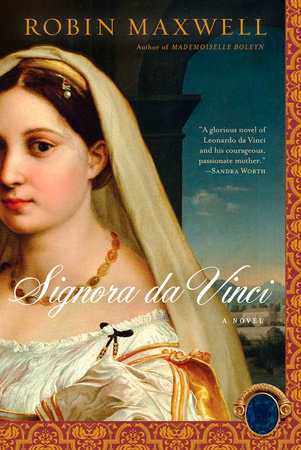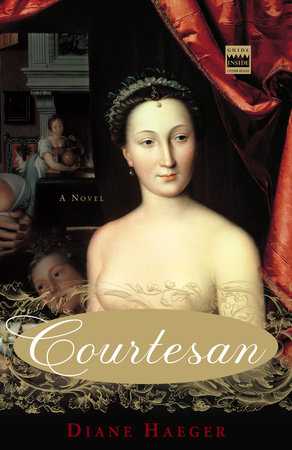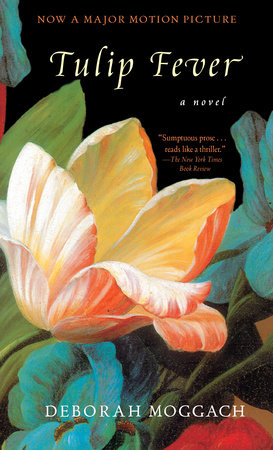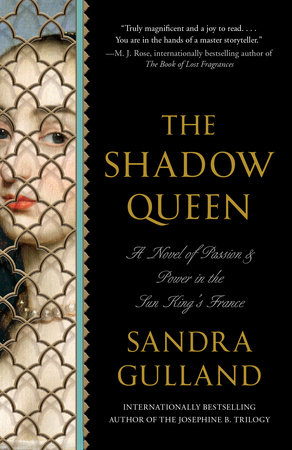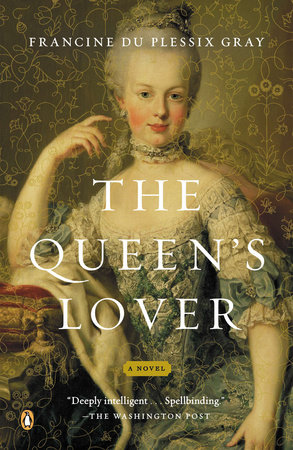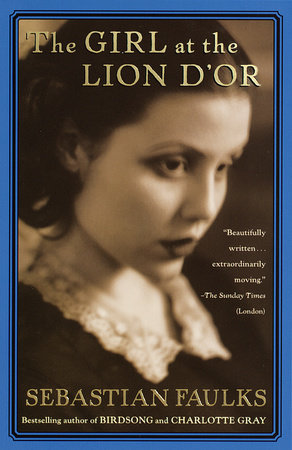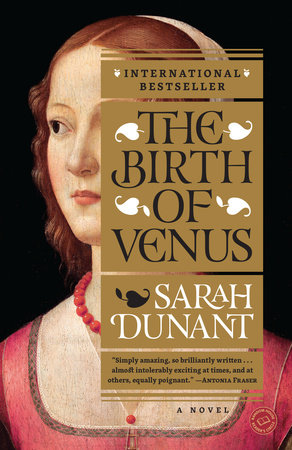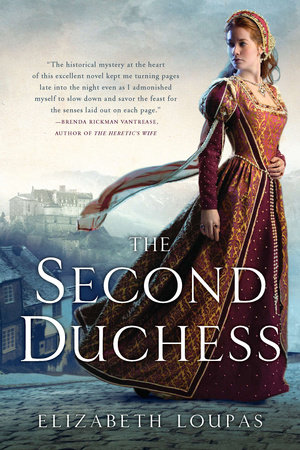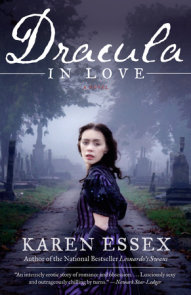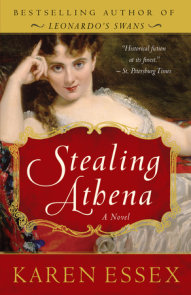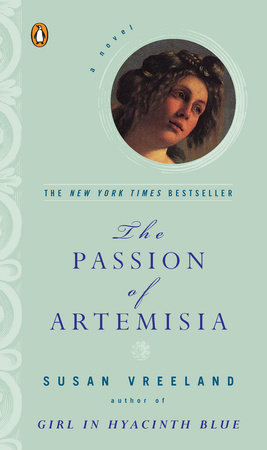Author Q&A
LEONARDO’S SWANS: A Conversation with Karen EssexQ: Leonardo’s Swans reveals the drama behind some of Leonardo da Vinci’s most famous paintings, but the story is told through the points of view of the rivaling Este sisters. Why did you choose to tell it this way? A: Beatrice and Isabella d’Este, princesses of Ferrara, were women of enormous influence in the Renaissance courts. They ruled with–and in the stead of–their husbands, acted as diplomats and ambassadors, patronized great artists, and influenced fashion. Isabella’s patronage enabled titans of art like Titian, Mantegna, and Raphael to flourish. Yet the history books fail to mention these fascinating woman unless in a perfunctory way as wives of powerful men. I thought that their stories deserved to be brought to modern readers. Q: Most chapters of Leonardo’s Swans begin with notebook entries attributed to Leonardo. Did you invent these sections?A: These excerpts are from Leonardo’s notebooks and letters. Some have been paraphrased or rewritten to be more palatable to the contemporary reader, and occasionally, I invented a sentence to give context. Leonardo is such a towering figure–and a controversial one–that I wanted the portrait of him to be drawn from his own thoughts and experiences. Q: And yet you do not portray him as a “towering figure,” but as a mere mortal who always needs money and who has real “issues” about finishing what he started.A: Despite his genius, Leonardo shared the quandaries of all artists past or present. He had to feed and clothe himself and his dependents, and he had to maintain his integrity while pleasing his patrons. He was certainly one of the great “rock stars” of his day, but his situation was the same as a modern day rock star who has to fight with his record label over money and the creative content of his songs. Q: Who are “Leonardo’s Swans,” and why did you choose that title?A: The swans are Beatrice d’Este, the duke of Milan’s fifteen year old wife; her sister, Isabella d’Este, Marchesa of Mantua; Cecilia Gallerani, the duke’s seventeen year old mistress; and Lucrezia Crevelli, the duke’s later mistress. All the women appear in Leonardo’s art. Leonardo was intrigued with swans. Though the original is lost, a copy of his painting of Leda and the Swan by one of his students, is on the book’s cover. When I read a line about swans in his notebooks, the title, cover art, and theme of the book fell into place.Q: Are all the paintings in the book based on real works of art? A: Yes, they are the actual works of Leonardo and the other artists referenced, and the female characters are the flesh and blood subjects of these paintings. In fact, at the end of the book, I detail what happened to most of these characters, and where the specific paintings and drawings can be seen. Q: Are the stories of how Leonardo came to paint The Last Supper and his legal entanglements over The Virgin of the Rocks actually true?A: Yes, true down to the detail of how he postponed finishing The Last Supper for years until he found the perfect model for the face of Judas–much to the frustration of his patrons. He also clashed with the monks who commissioned The Virgin of the Rocks. The contract he made with them is in the book, along with the fact that Leonardo failed to honor each and every clause, choosing instead to make a painting that reflected his own vision. Q: According to your book, some of his greatest work, like the statue of The Horse in Milan, has not survived.A: I have always been interested in the indelible link between art and power. Who and what survives depends on who is in power. The destruction of Leonardo’s colossal statue of The Horse commissioned by the Duke of Milan and destroyed when he was deposed is no different than the destruction of the colossal buddhas by the Taliban in Afghanistan. Art, politics, and money are inextricably linked, and I wanted to explore that tension and that theme.



